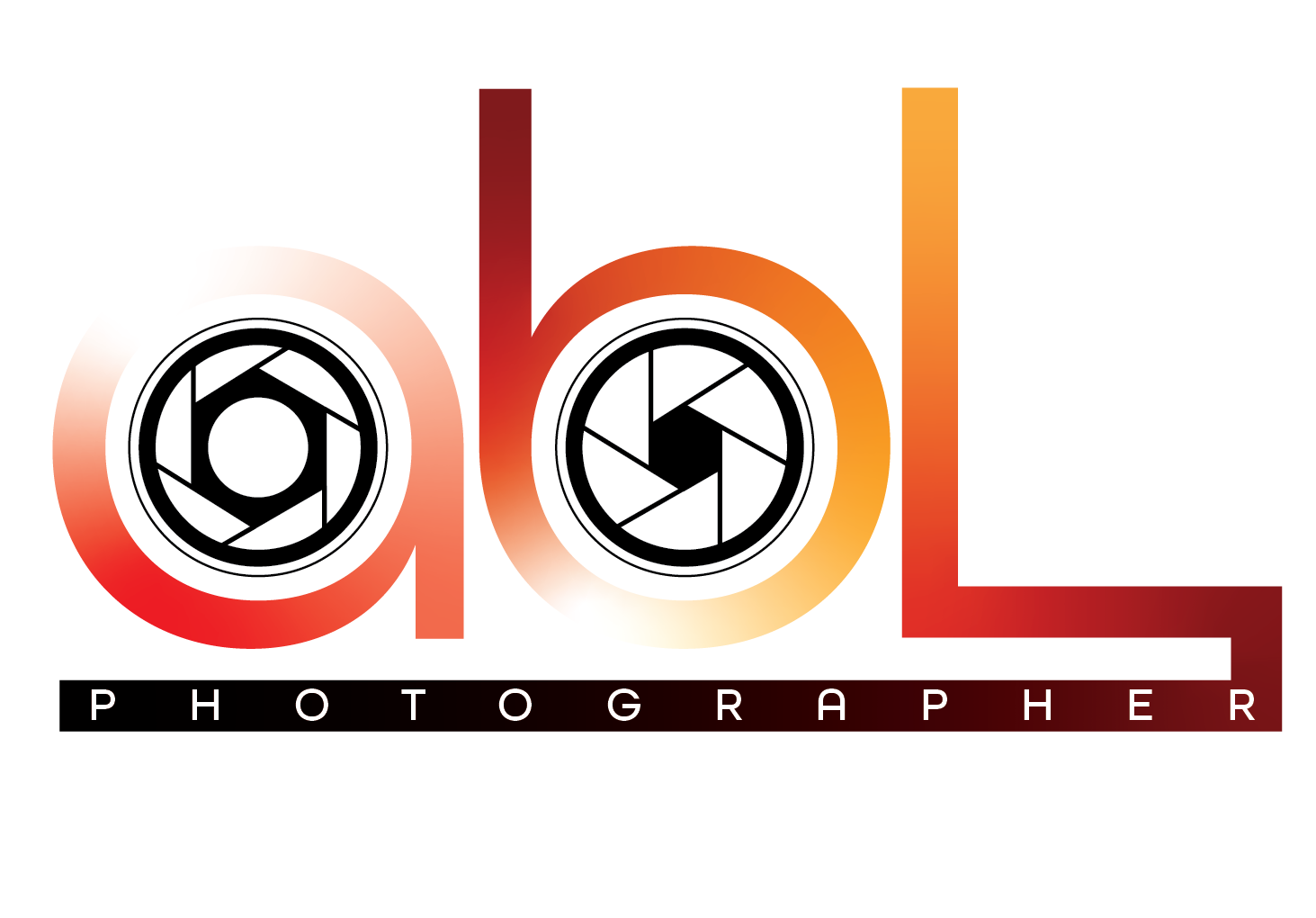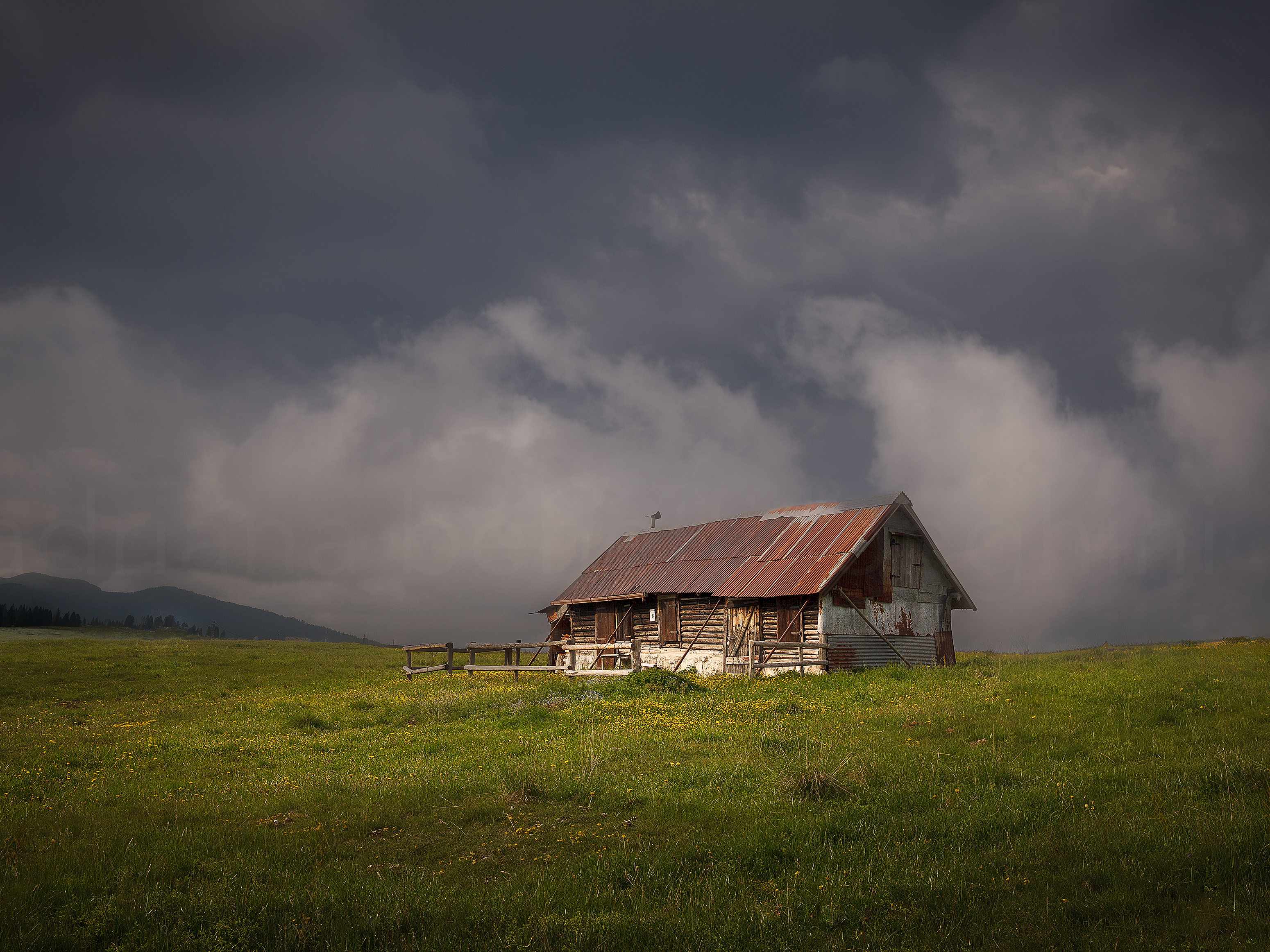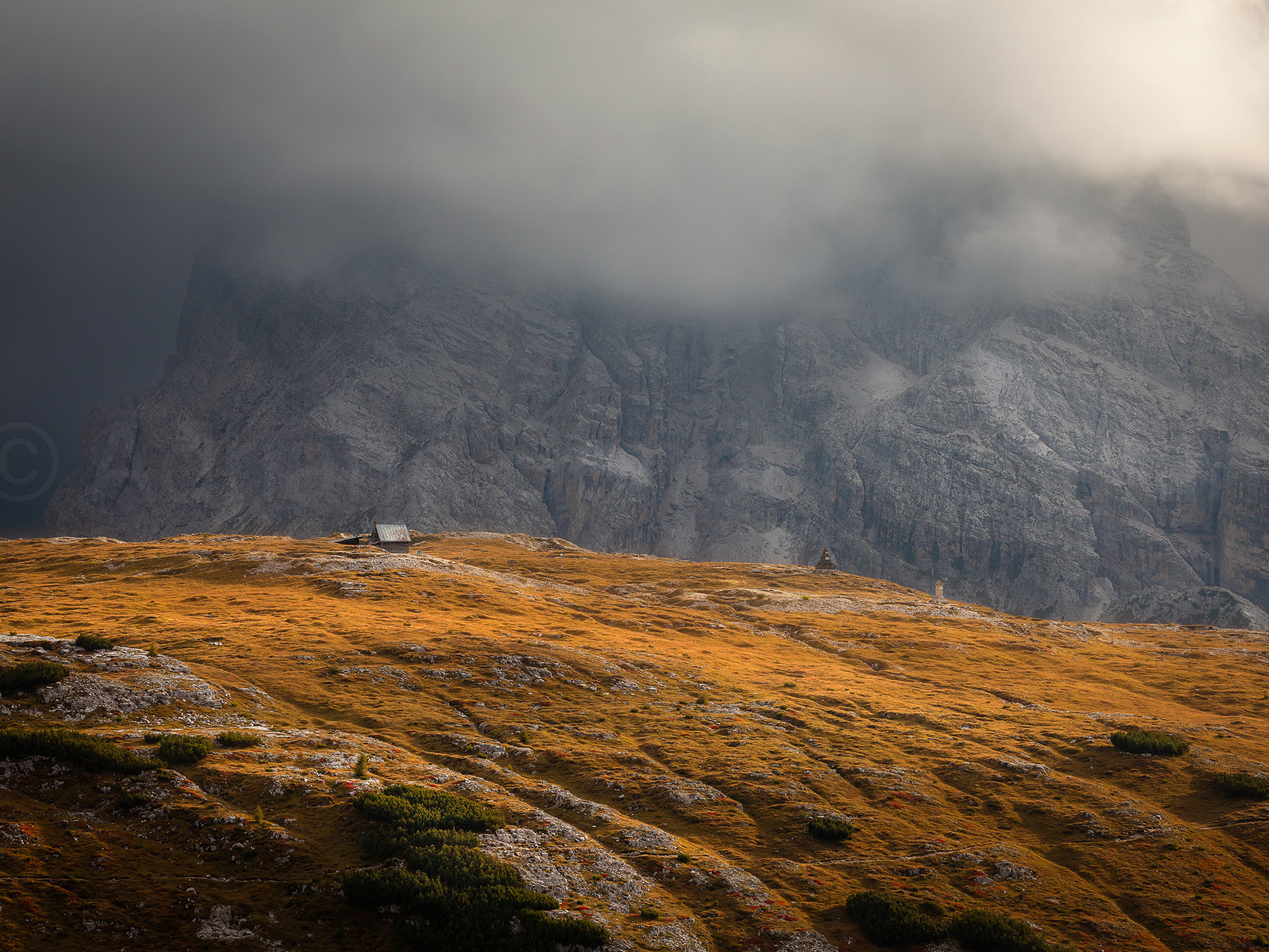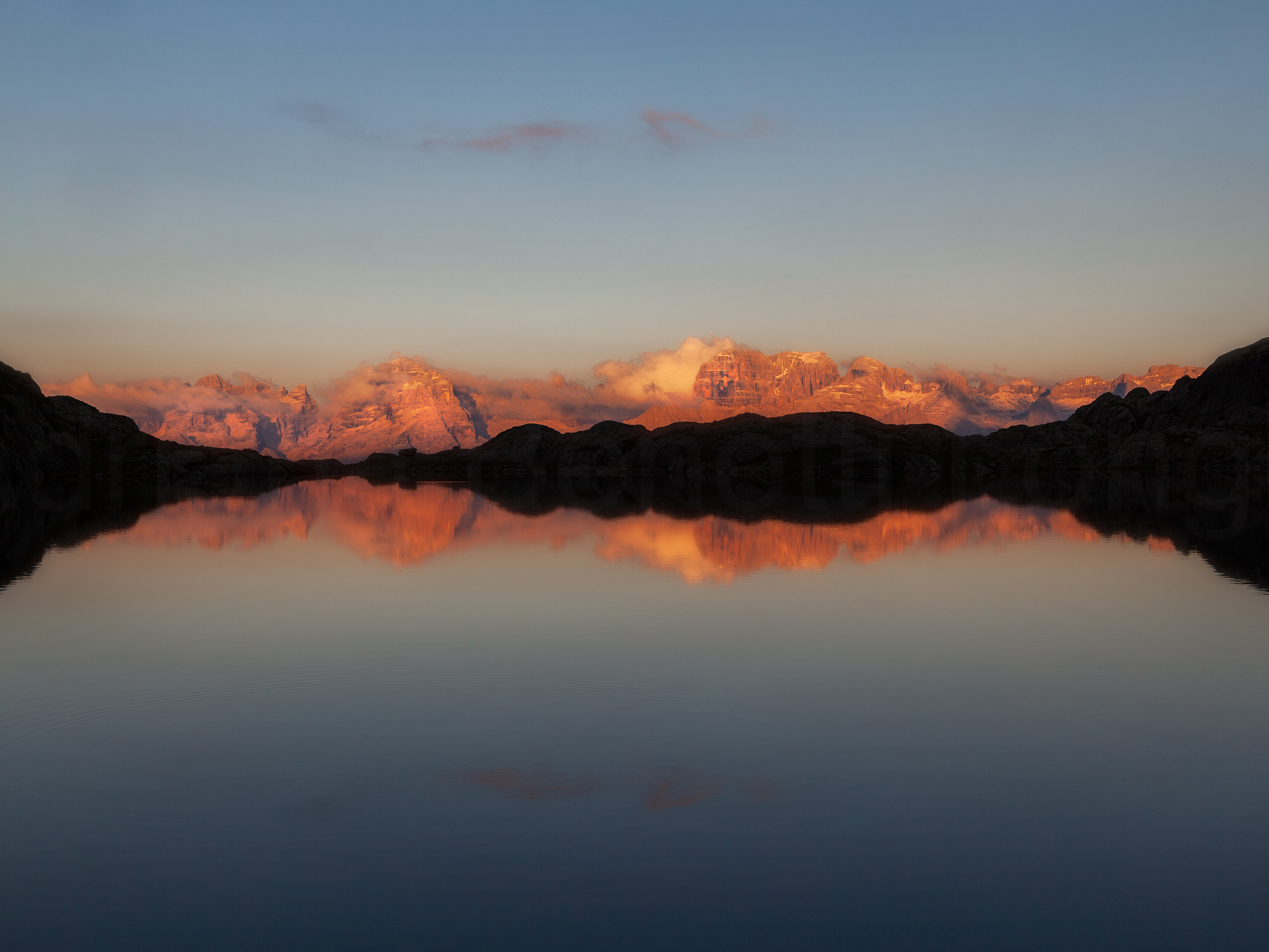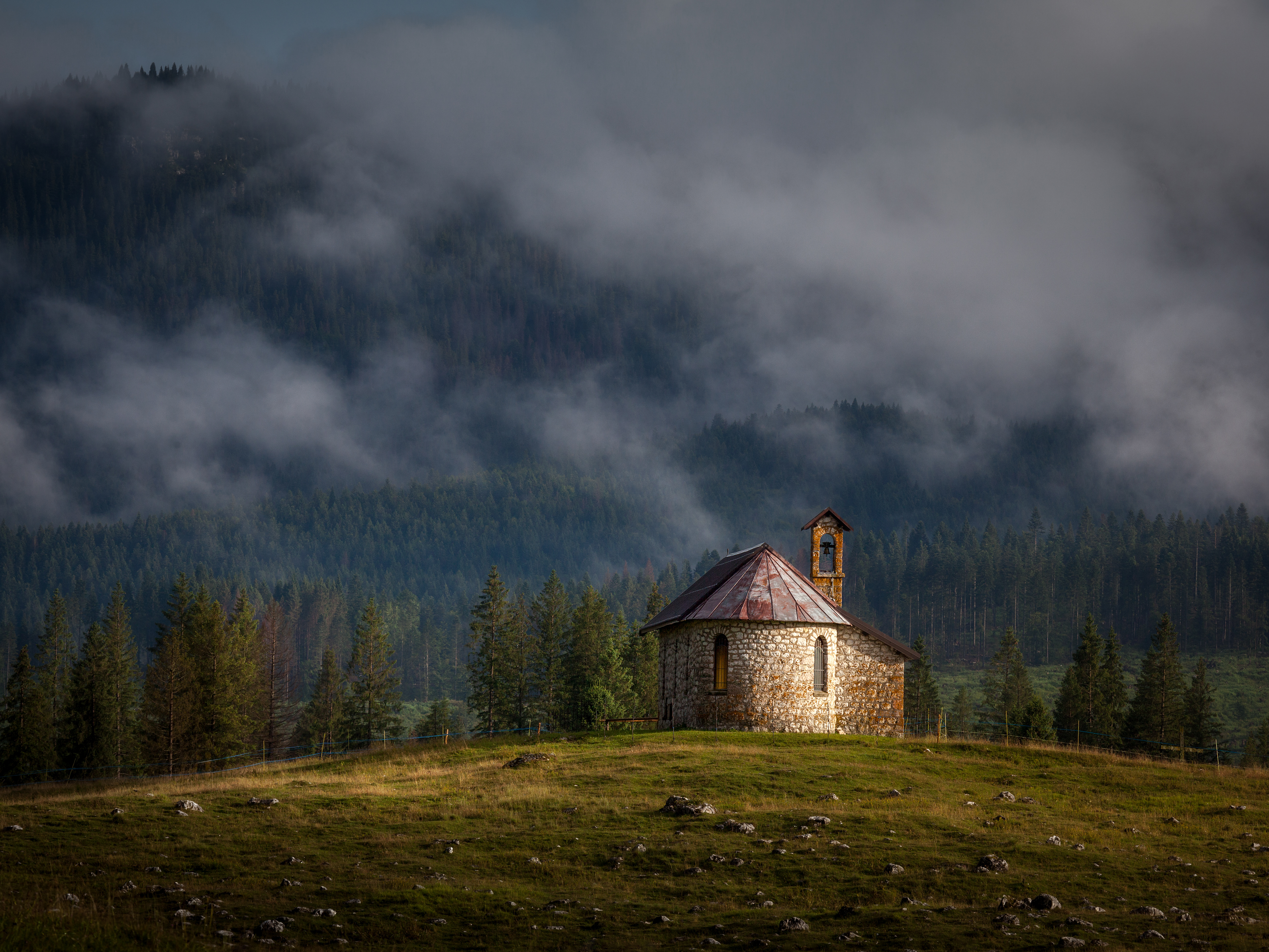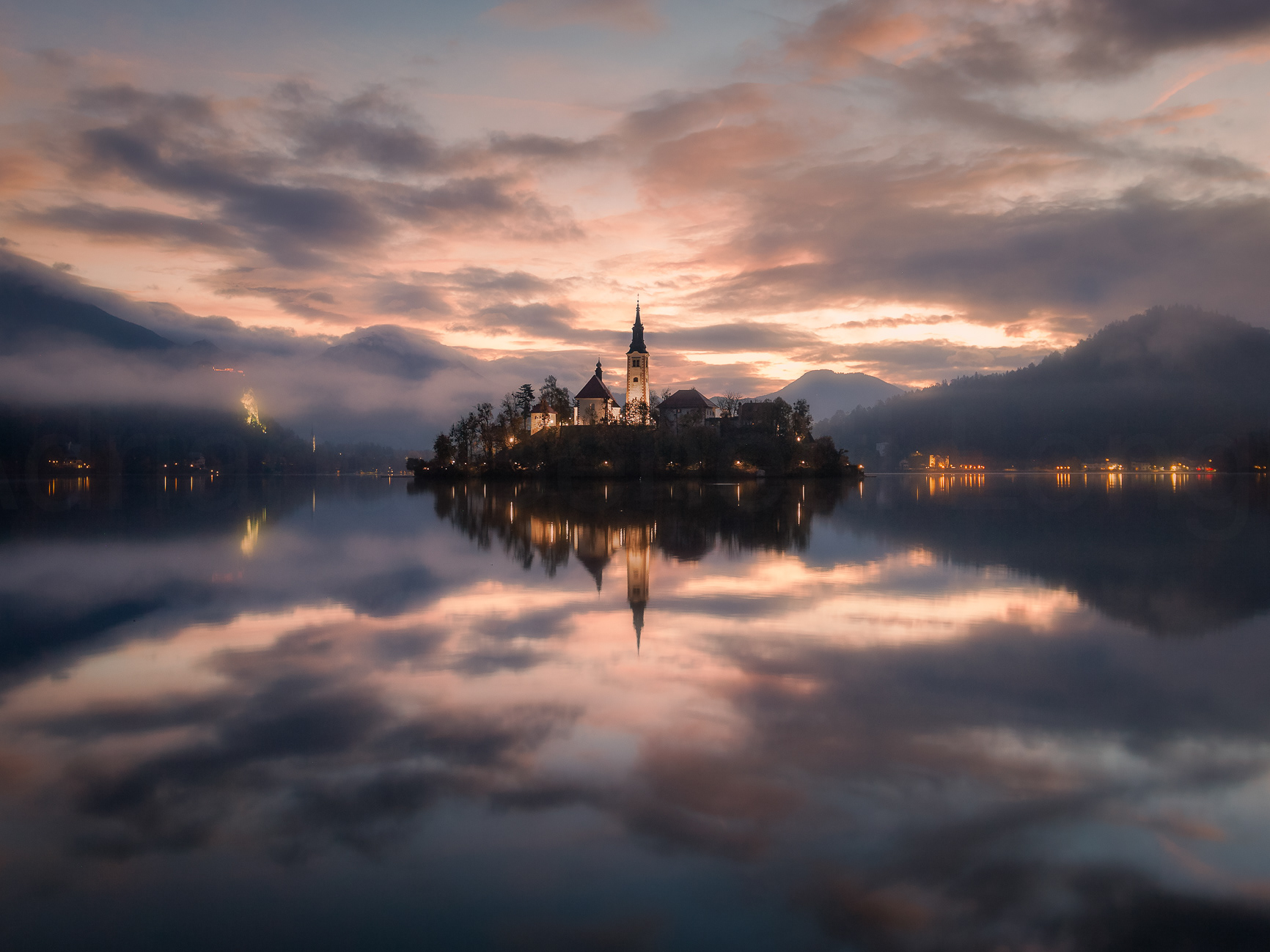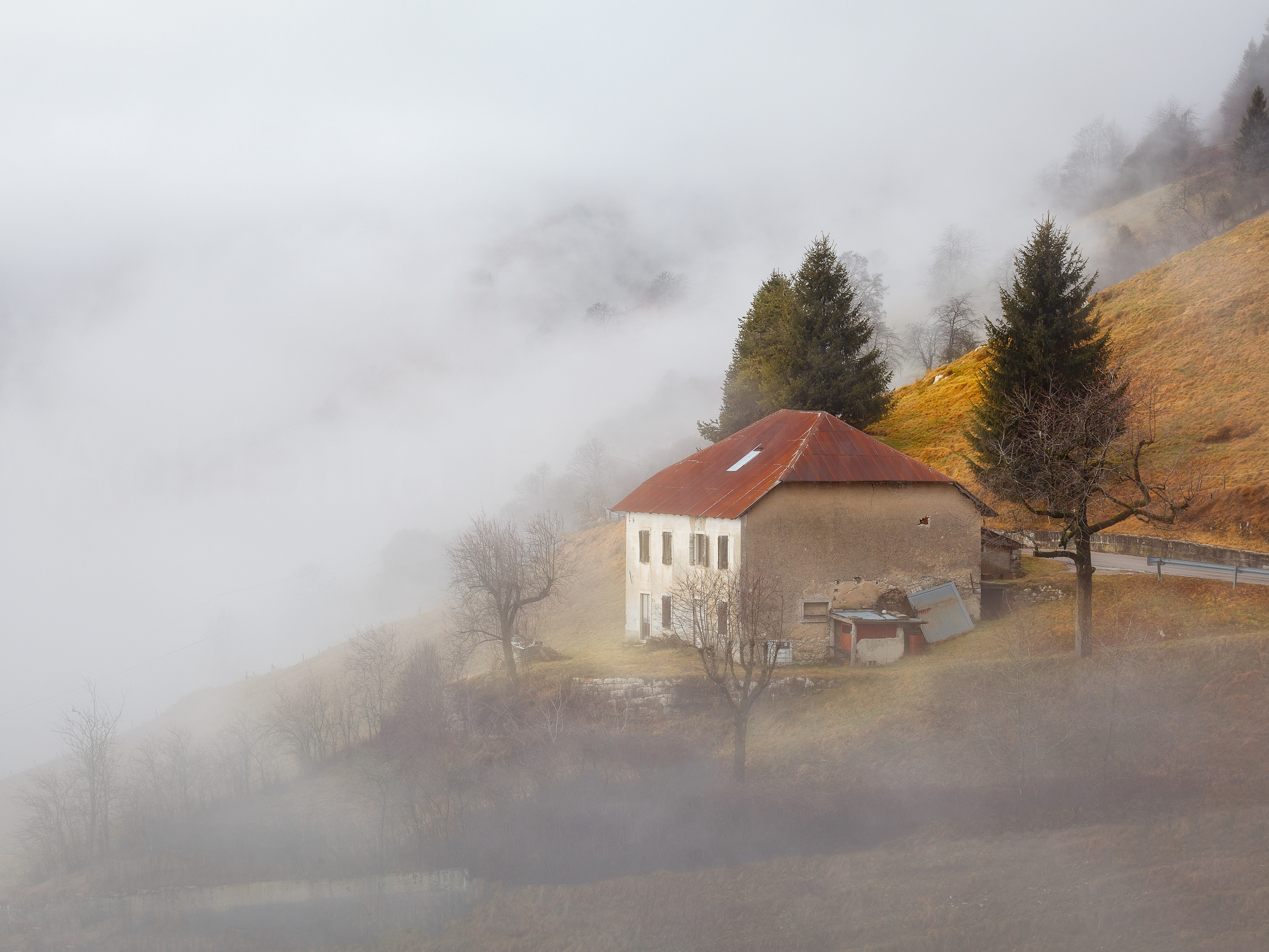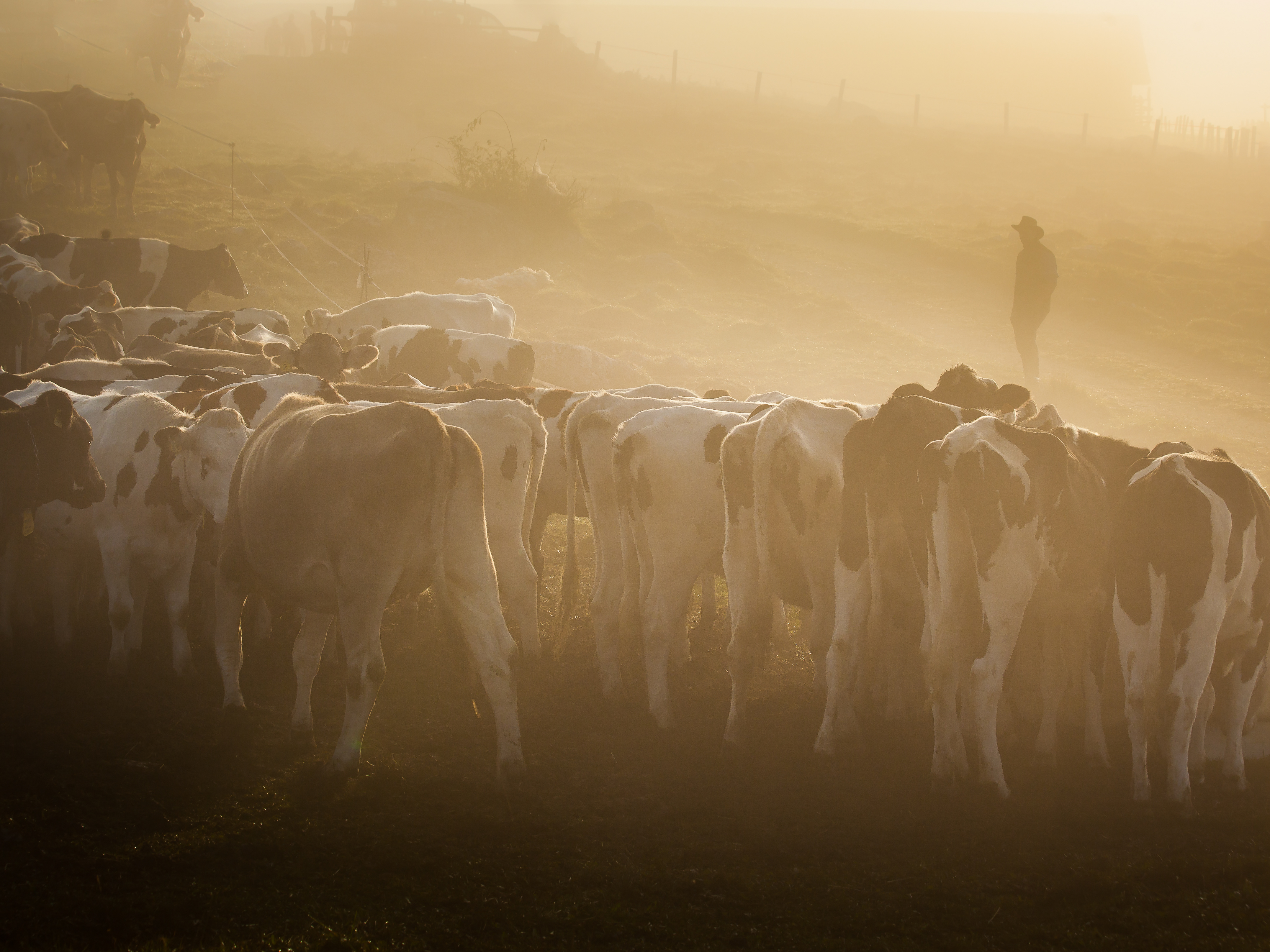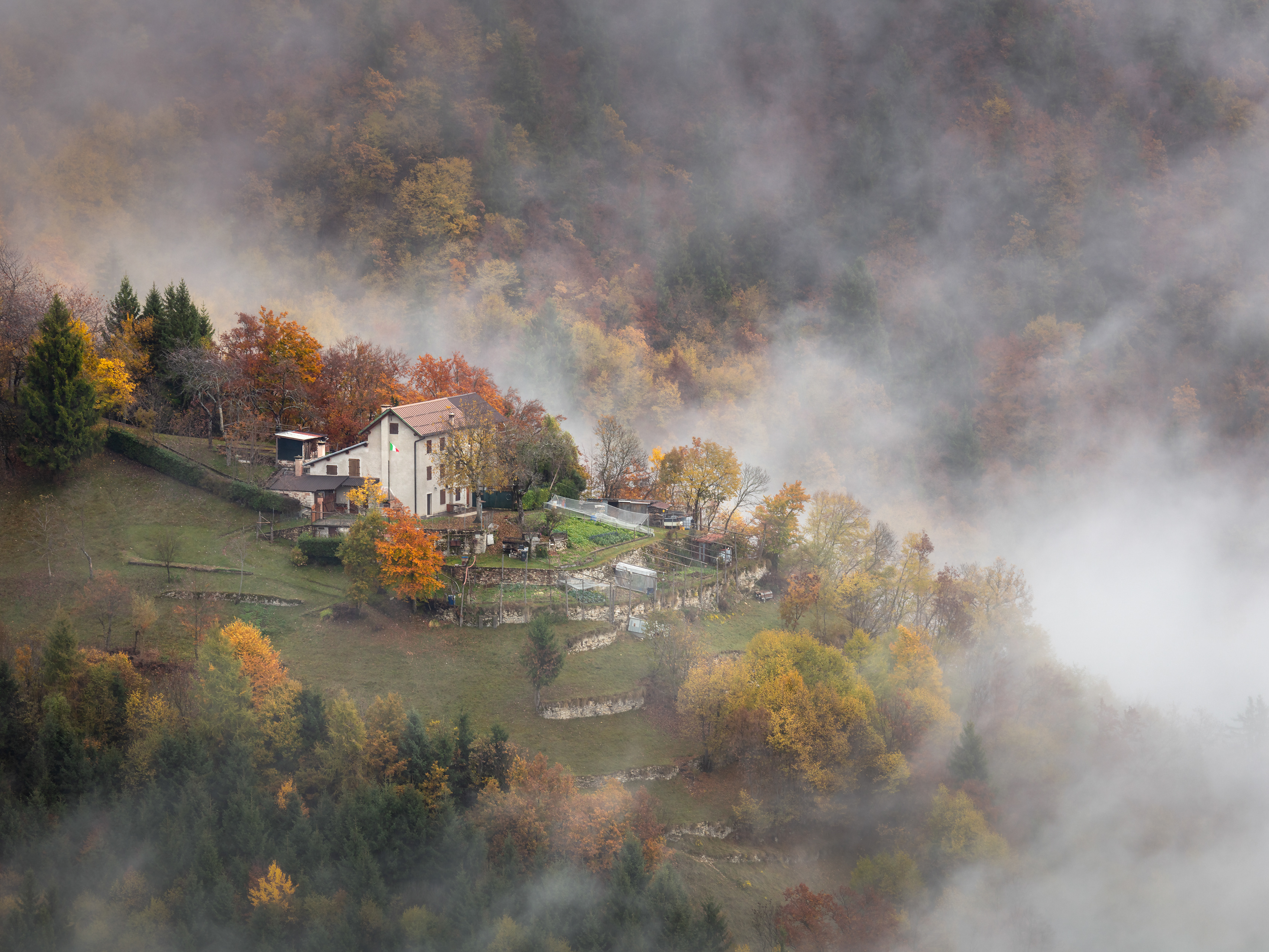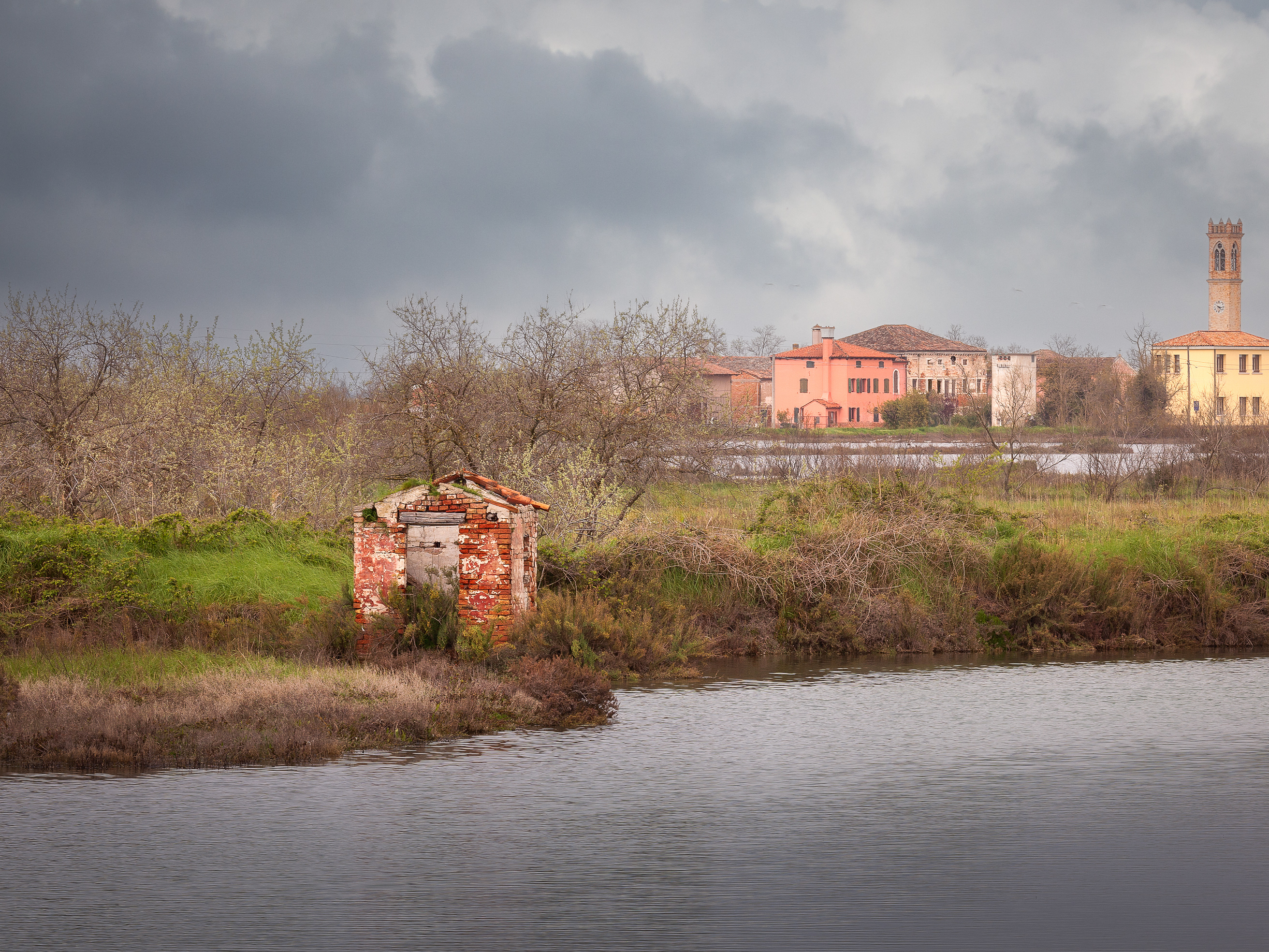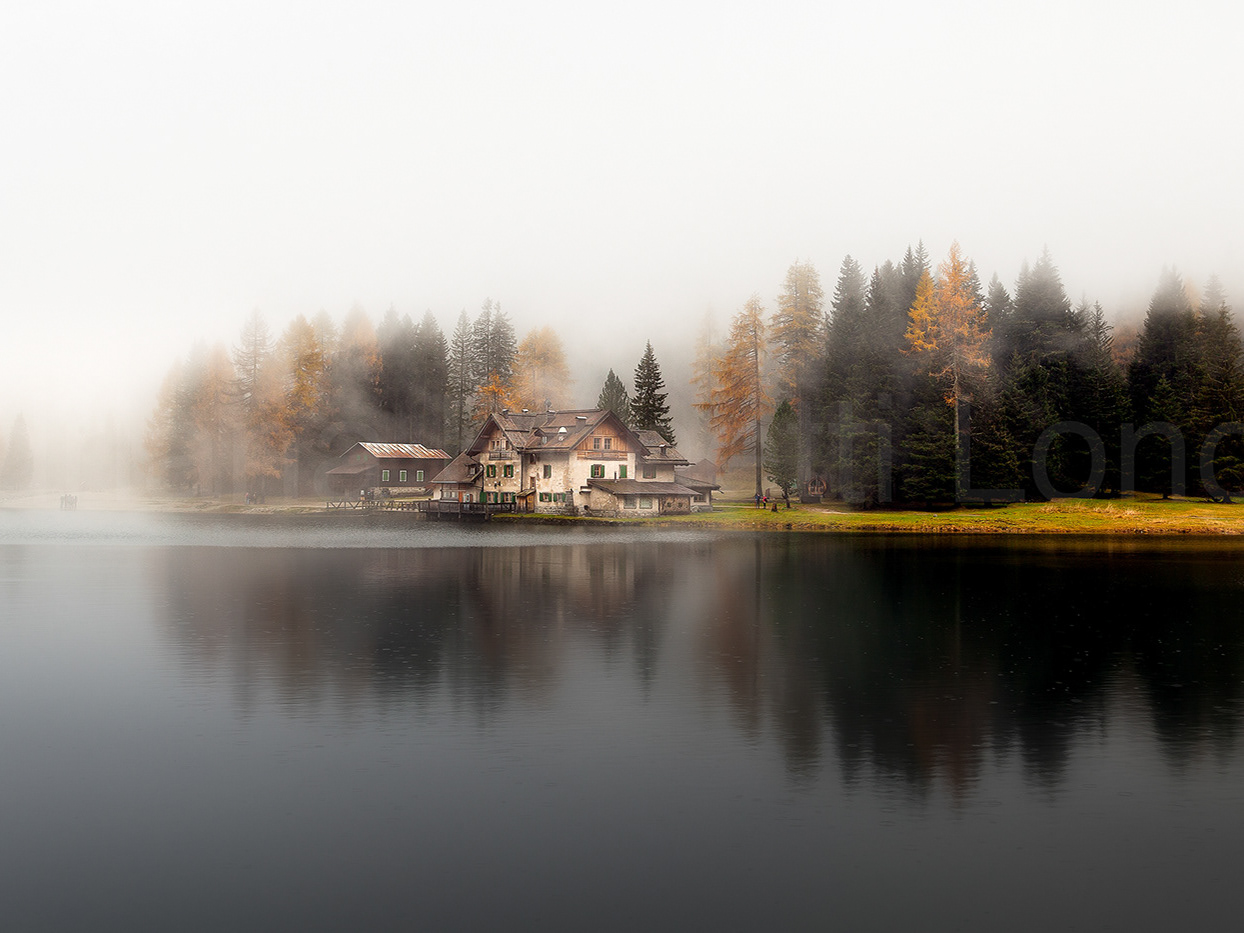This blog is not about showcasing my photos, even though most of my work has been done using older Canon models. Instead, it focuses on the ongoing debate in the photography world; the relentless urge to upgrade and buy new gear. I firmly believe in upcycling and recycling, but as I’ve said before, a great photo comes from the heart and a lot of practice.
Having trained in the Fine Arts, we were always encouraged to create with whatever we had, to use our hearts, our emotions, and most importantly, some fundamental principles. For me, perhaps the most crucial of these is good composition. Whether in landscape, street, wildlife, or even portrait photography, if the composition is poor, the photo suffers. I see many examples of this, especially in nature photography, but also in the landscape genre. For instance, an animal positioned incorrectly, with its head, eyes, or beak pointing outward and near the edge of the frame, disrupting the balance of the image or a crooked tree with its form leaning outwards towards the very edge of the frame instead of pointing inwards reaching into the frame.
Questo blog non è dedicato all'esposizione delle mie foto, anche se gran parte del mio lavoro è stato realizzato con modelli Canon più datati. Piuttosto, si concentra sul dibattito continuo nel mondo della fotografia; la costante spinta ad aggiornare e acquistare nuova attrezzatura. Credo fermamente nel riuso e nel riciclo, ma, come ho detto prima, una grande foto nasce dal cuore e da tanta pratica.
Avendo una formazione nelle Belle Arti, siamo sempre stati spinti a creare con ciò che avevamo, a usare il cuore, le emozioni e, soprattutto, alcuni principi fondamentali. Per me, forse il più importante è quello di una buona composizione. Che si tratti di paesaggi, fotografia di strada, animali o ritratti, se la composizione è sbagliata, la foto è compromessa. Vedo molti esempi di errori, soprattutto nella fotografia naturalistica, ma anche nel genere paesaggistico. Per esempio come animali posizionati male nell’inquadratura, ad esempio, una testa, degli occhi o un becco rivolti verso l'esterno e vicino ai margini dell'immagine, creando un effetto visivo poco armonioso o un albero storto la cui la forma pende verso il bordo dell'inquadratura invece di inclinarsi verso l'interno, entrando nella composizione.
The Gear Trap: Why Upgrading Camera Equipment Won’t Magically Improve Your Photography
In the world of photography, there exists a common misconception: the belief that upgrading to the latest camera gear will inherently make one a better photographer. This mindset, often referred to as Gear Acquisition Syndrome (GAS), leads many to an endless cycle of purchasing new equipment, falsely assuming that better cameras, lenses, and accessories will automatically translate into superior photographs. While high end gear can offer technical advantages, true photographic skill is rooted in creativity, knowledge, and practice, qualities that no amount of expensive equipment can replace.
La trappola dell’attrezzatura: perché aggiornare l’attrezzatura fotografica non migliorerà magicamente la tua fotografia
Nel mondo della fotografia esiste un malinteso comune: la convinzione che passare all’ultima attrezzatura disponibile renda automaticamente un fotografo migliore. Questo modo di pensare, spesso definito Sindrome da Acquisizione di Attrezzatura (GAS), spinge molte a un ciclo infinito di acquisti, nell’errata convinzione che fotocamere, obiettivi e accessori più avanzati si traducano automaticamente in fotografie superiori. Sebbene l’attrezzatura di alto livello possa offrire vantaggi tecnici, la vera abilità fotografica risiede nella creatività, nella conoscenza e nella pratica, qualità che nessun equipaggiamento costoso potrà mai sostituire.
The Illusion of Better Equipment
Marketing strategies from camera manufacturers often play a significant role in convincing photographers that their current equipment is insufficient. Every year, companies release newer models boasting higher megapixels, better autofocus, and improved low-light performance. While these features may be beneficial in certain circumstances, they do not inherently make someone a better photographer. A high end camera in the hands of an untrained individual will still produce mediocre images, whereas a skilled photographer can create stunning work with even a basic setup.
L’illusione di un’attrezzatura migliore
Le strategie di marketing dei produttori di fotocamere giocano spesso un ruolo fondamentale nel convincere i fotografi che la loro attrezzatura attuale sia insufficiente. Ogni anno, le aziende lanciano nuovi modelli con più megapixel, un autofocus migliorato e prestazioni superiori in condizioni di scarsa illuminazione. Sebbene queste caratteristiche possano essere utili in determinate circostanze, non rendono automaticamente un fotografo più bravo. Una fotocamera di alto livello nelle mani di una persona inesperta produrrà comunque immagini mediocri, mentre un fotografo esperto può creare scatti straordinari anche con un’attrezzatura di base.
Skill Over Gear
At its core, photography is about understanding composition, lighting, and storytelling. No matter how advanced a camera is, it cannot compose a shot, adjust for dynamic lighting, or evoke emotion on its own. These elements require a trained eye and an understanding of fundamental principles. Historically, many legendary photographers, such as Henri Cartier-Bresson and Ansel Adams, created masterpieces with cameras that would be considered outdated by today's standards. Their success was not due to the sophistication of their gear but rather their mastery of technique and vision.
Oltre l’attrezzatura
Alla base, la fotografia consiste nella comprensione della composizione, della luce e della narrazione. Per quanto avanzata possa essere una macchina fotografica, non può comporre uno scatto, adattarsi alla luce dinamica o evocare emozioni da sola. Questi elementi richiedono un occhio allenato e una conoscenza dei principi fondamentali. Storicamente, molti fotografi leggendari hanno creato capolavori con fotocamere che oggi sarebbero considerate obsolete. Il loro successo non derivava dalla sofisticazione dell’attrezzatura, ma dalla padronanza della tecnica e dalla forza della loro visione.
The Real Investment: Education and Practice
Instead of spending thousands on the latest camera body or lens, photographers should invest in improving their skills. Workshops, online courses, and hands-on practice are far more valuable than an equipment upgrade. Learning how to manipulate light, experiment with composition, and master post-processing will have a more significant impact on the quality of one's work than any new feature a camera manufacturer can offer.
Additionally, practicing with existing gear forces photographers to understand its limitations and adapt accordingly. Many renowned photographers advocate for using a single camera and lens for an extended period to truly master its potential. This approach not only enhances skill but also fosters creativity, as one learns to work within constraints rather than relying on new technology to solve creative challenges.
Il vero investimento: educazione e pratica
Invece di spendere migliaia di euro per l’ultimo modello di fotocamera o obiettivo, i fotografi dovrebbero investire nel migliorare le proprie competenze. Workshop, corsi online e pratica sul campo sono molto più preziosi di un aggiornamento dell’attrezzatura. Imparare a gestire la luce, sperimentare con la composizione e padroneggiare la post-produzione avrà un impatto molto più significativo sulla qualità del proprio lavoro rispetto a qualsiasi nuova funzione offerta dai produttori di fotocamere.
Inoltre, esercitarsi con l’attrezzatura già disponibile costringe a comprenderne i limiti e ad adattarsi di conseguenza. Molti fotografi di fama consigliano di usare una sola fotocamera e un solo obiettivo per un lungo periodo, in modo da padroneggiarne davvero il potenziale. Questo approccio non solo affina le competenze, ma stimola anche la creatività, insegnando a lavorare entro i propri limiti invece di affidarsi alla tecnologia più recente per risolvere le sfide creative.
Breaking Free from the Upgrade Cycle
Breaking free from the obsession with new gear requires a shift in mindset. Instead of asking, "What new camera will improve my photography?" one should ask, "How can I improve my skills with the equipment I already have?" The realization that great photography stems from vision and technique rather than expensive gadgets is liberating.
A useful exercise is to look at one’s favorite photographs and analyze what makes them compelling. More often than not, it is the composition, lighting, and subject that create impact: not the camera model or lens used. Developing an appreciation for these artistic elements shifts the focus away from gear and toward what truly matters: the art of photography itself.
Liberarsi dal ciclo degli aggiornamenti
Per liberarsi dall'ossessione per la nuova attrezzatura, è necessario un cambiamento di mentalità. Invece di chiedersi: "Quale nuova fotocamera migliorerà la mia fotografia?", bisognerebbe domandarsi: "Come posso migliorare le mie competenze con l’attrezzatura che già possiedo?" Rendersi conto che la grande fotografia nasce dalla visione e dalla tecnica, piuttosto che da strumenti costosi, è un’esperienza liberatoria.
Un esercizio utile è osservare le proprie fotografie preferite e analizzare cosa le rende davvero coinvolgenti. Nella maggior parte dei casi, sono la composizione, la luce e il soggetto a creare impatto, non il modello di fotocamera o l’obiettivo utilizzato. Sviluppare una maggiore sensibilità verso questi elementi artistici permette di spostare l’attenzione dall’attrezzatura a ciò che conta davvero: l’arte della fotografia stessa.
Conclusion
While upgrading camera equipment can be exciting and sometimes beneficial, it is not a shortcut to better photography. True improvement comes from learning, experimenting, and refining one's craft. The most powerful tool a photographer possesses is not the latest camera but their vision, creativity, and ability to see the world in a unique way. By prioritizing skill over gear, photographers can break free from the endless cycle of upgrades and focus on what truly matters: creating compelling and meaningful images.
Conclusione
Sebbene aggiornare l’attrezzatura fotografica possa essere entusiasmante e talvolta vantaggioso, non è una scorciatoia per una fotografia migliore. Il vero miglioramento deriva dall'apprendere, sperimentare e affinare la propria arte. Lo strumento più potente che un fotografo possiede non è l’ultima fotocamera, ma la sua visione, creatività e capacità di vedere il mondo in modo unico. Dare priorità alle competenze rispetto all’attrezzatura permette ai fotografi di liberarsi dal ciclo infinito degli aggiornamenti e concentrarsi su ciò che conta davvero: creare immagini coinvolgenti e significative.
Until the next one, thank you for reading my blog!
Alla prossima, grazie per aver letto il mio blog
